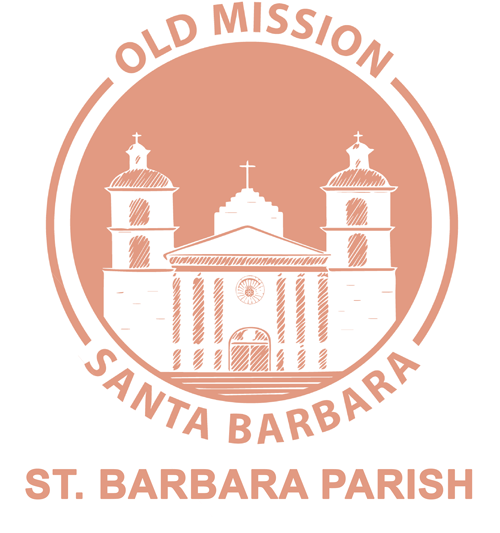They Did Not Yet Understand
Dear Friend,
Peace and all good be yours!
To my mind it’s a single resonant phrase in the final verse that makes the resurrection account in the Gospel of John most appropriate for the Easter liturgy this year. As the story concludes we hear, “they did not yet understand…” As I shelter in place here in the friary, I have to say, nor do I, and, if I may dare to say so, nor do we.
At this particular moment, there is so much I don’t understand. It’s the COVID-19 pandemic that clouds my understanding and, in the process, thickens my doubts and awakens my anger and fear. Here I am at Easter, with all these cross currents running through me.
Scripture scholars tell us a key word in the text is “yet”; the characters in the story, Peter and “the beloved disciple,” are just that, characters in a story that is still unfolding. Their understanding is not there…yet. We the readers experience their story as scripture, something they cannot do; they’re living it. The cross and empty tomb are not yet in focus – like the Mission Church on the front of this bulletin.
It could be, as some scholars say, that in this Easter Gospel Peter represents the official face of the church while John represents the contemplative. Peter rushes into the tomb first and sees the burial clothes, but it’s John who sees and believes. In the process, John demonstrates the good news that not understanding is not an ultimate barrier to believing.
Finally, our Gospel tells us that for both Peter and John it was a long run to the tomb. Believing, too, is a long-run proposition. We’ve come a long way as a parish; we’re full of questions, and we’re called, like the early disciples, to pay attention, watch the signs, and be ready for Jesus to meet us up ahead.
In Easter hope,
Fr. Dan ofm, Pastor
